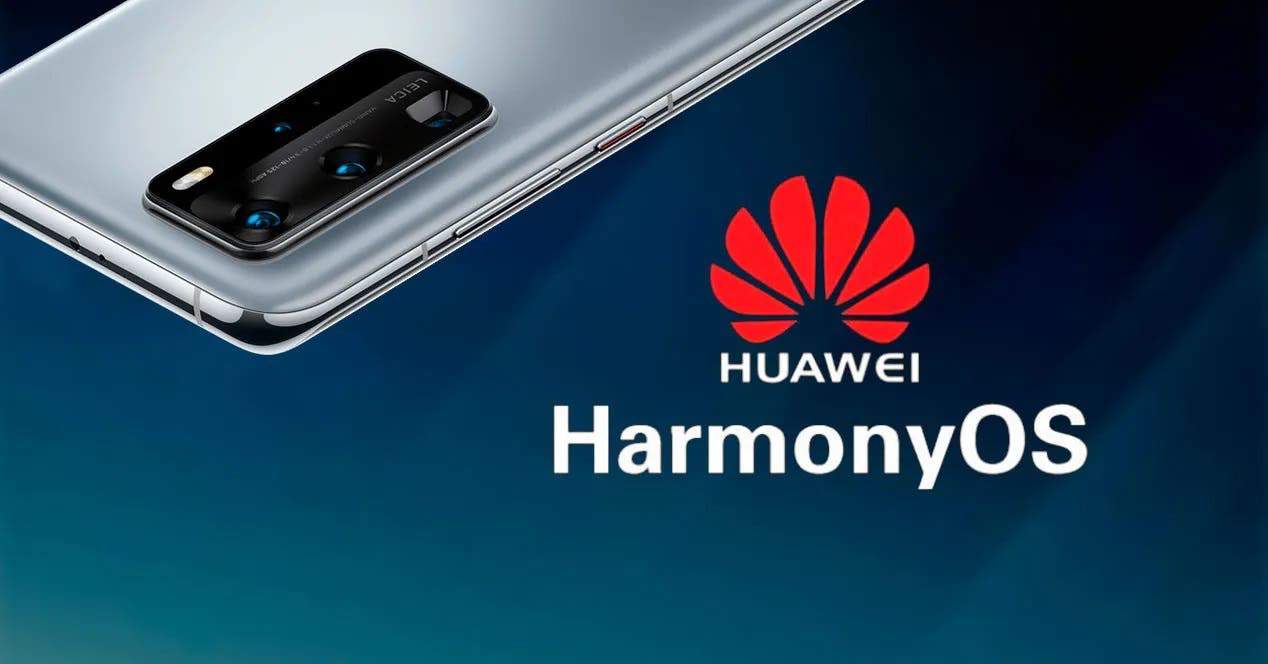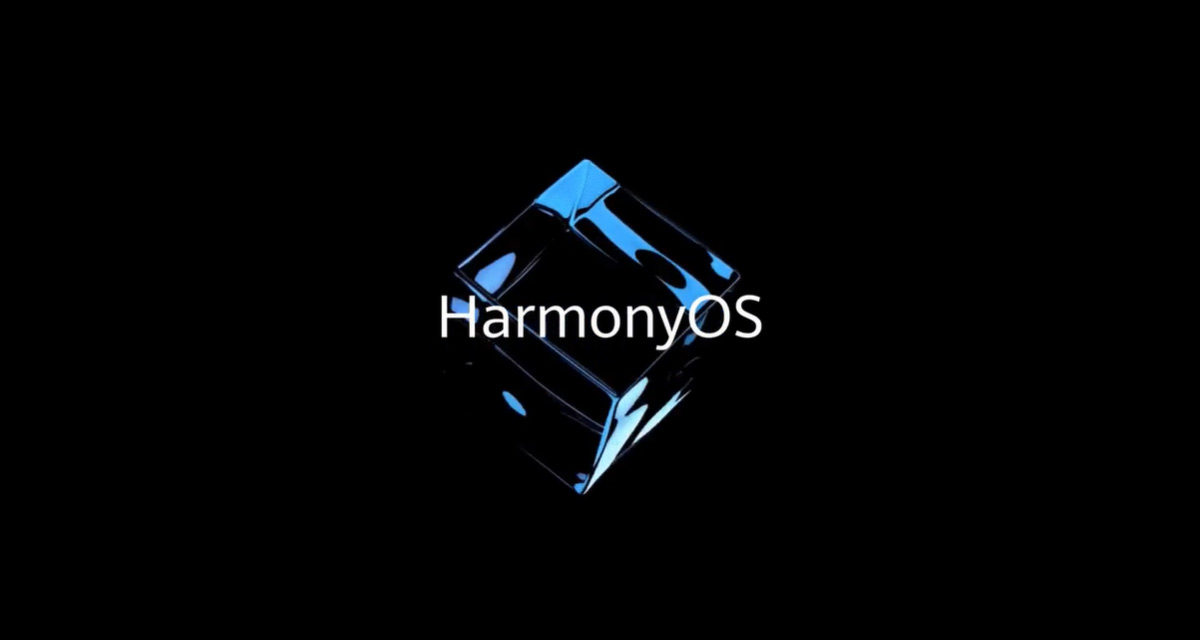Huawei is working hard to build the Harmony OS operating system. It is expected that the v2.0 version will be upgraded on June 2 to open the upgrade experience for ordinary consumers.
At the same time, the progress of Huawei’s chip business has also attracted much attention.
After investigation, a development board Hi3861 provided by Huawei to Harmony developers has attracted attention. Although they have not seen official information disclosure, some people claim that this is Huawei’s first chip based on the RISC-V architecture.
The Chinese page shows that the Hi3861 WLAN module is a development board about 2cm*5cm in size. It is a 2.4GHz WLAN SoC chip, integrated with 802.11b/g/n baseband and RF circuits, and supports the Harmony system.

The official specifications show that Hi3861 is a 32-bit chip with a maximum frequency of 160MHz, embedded 352KB SRAM, 288KB ROM, 2MB Flash, etc.
On HiSilicon’s official website, you can also find the Hi3861LV100 and Hi3861V100 chips associated with Hi3861, which are mainly used in the Internet of Things. No introduction of RISC-V has been found. I don’t know if it’s a misunderstanding or other internal information. .
In fact, after the fall of MIPS, RISC-V is considered to be the rising star of hope for the third largest CPU architecture after x86 and ARM. It is also a streamlined instruction set, but it is completely open source.
Currently, Alibaba, Amazon, etc. have developed related chips, and even Jim Keller, the father of Apple’s A4/A5 and AMD Athlon/Zen architecture, has also ventured into RISC-V.





